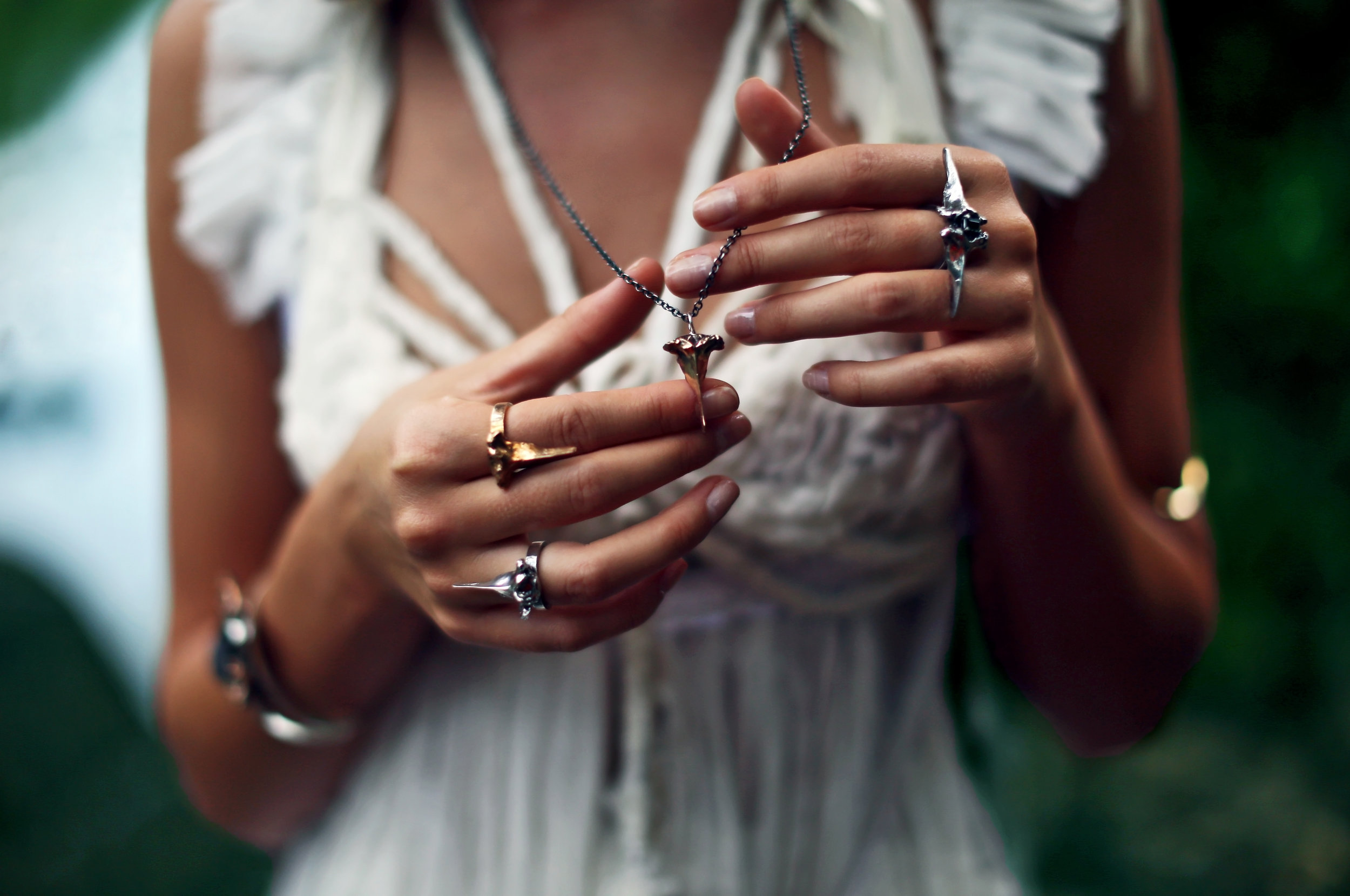CAST Contributor Feature: Marlene Rose, Part 3 of 4, the creation of "Fountain Buddha"
We're starting exactly where we left off in the last installment of this series, with Marlene ready for the casting process.
Once the sand mold is completed and there's a furnace full of 2,000 degree glass, the team is ready to roll.
Ladle casting is done by filling the sand mold, one ladle of molten glass at a time. With a mold this size, this is a long (and sweaty) process.
Pouring the glass (large snips are used to clip off drips of glass as to not make a mess.)
Most glasswork that's done hot requires at least two people, but a project this size requires a larger team. There's a certain speed that must be maintained so that the glass doesn't cool prematurely, so as you can see below, two people do the pouring and Marlene snips off drips and runs the torch (pictured later).
Marlene and her team work together like a well orchestrated symphony.
As they slowly fill the mold, it's important to keep the glass molten so that the mold fills evenly and so that the glass doesn't cool off prematurely and cause problems in the ultimate cooling process.
Marlene torches the Buddha head
... still torching...
Marlene torches the glass while her husband, Thomas, cuts away the excess portion of the sand mold
Once the mold is filled with glass, the casting and mold have to go into the annealer (a large oven that slowly cools the glass so that it's stable and doesn't crack.) Moving the entire mold would be both onerous and unnecessary, so the mold is cut down to a more manageable size.
Close-up view of the Buddha head being torched.
You can see the sand being slowly removed leaving just a skeletal mold around the casting.
Another close-up of torching
You can start to see more of the features in the face as the glass begins to come down in temperature in preparation for being moved into the annealer.
As you know from earlier installments, Fountain Buddha has two main components - the head and the "body" of the sculpture. The body went through the same process of mold preparation and was filled with glass. The body is made up of two identical castings, one half of which is shown below.
The pictures below pick up the casting process where the series above left off.
Here Marlene torches one half of the body.
Allowing the glass to cool slowly and evenly before moving the piece into the annealer requires sensitivity to temperature and color, so a deep understanding of the material is key. Marlene monitors the temperature and uses the torch to maintain edges and corners that may cool prematurely. The reason for the torching is to keep a consistent temperature throughout both thick and thin parts of the casting while it solidifies.
The body of the sculpture is made up of two parts - this is one half of the body. You can see that the mold has been carved down to a thin shell around the glass.
This half of the body has been slowly cooled down to 900 degrees. At this temperature, the glass is now solid enough to move into the annealing (cooling) oven which will bring the panel to room temperature over a week's time.
Unfortunately, there are no pictures of the team putting these massive castings into the annealer as it took the everybody in the studio to hoist them carefully into place, so no one was available to document this part of the process. Getting 900 degree castings into screaming hot giant ovens without bumping corners, tipping them over, or otherwise damaging them (and without people getting burned!) is a critical part of the operation and the difficulty is exponentially increased when castings are large and unwieldy.
Once castings are in the annealer, there's a long period of waiting; with castings this size, a minimum of one week is required for each part of the body and the Buddha head took even longer due to its thickness. The amount of time in the oven is determined by the size and thickness of the castings.
The annealing process is stressful for glass artists. If anything goes wrong with the annealer, the whole casting will be lost. This could be a failed heating element, a power loss, or any number of other potential problems. Opening the door of the annealer can be like Christmas morning or it can be devastating...
See the video below to find out which way it went!
Sneak peek at the Buddha head almost ready to come out of the annealer!
Stay tuned for the next installment that will show the next phase of Fountain Buddha and installation pics of the piece in its forever home!
For more information on Marlene Rose, check out her website HERE.













